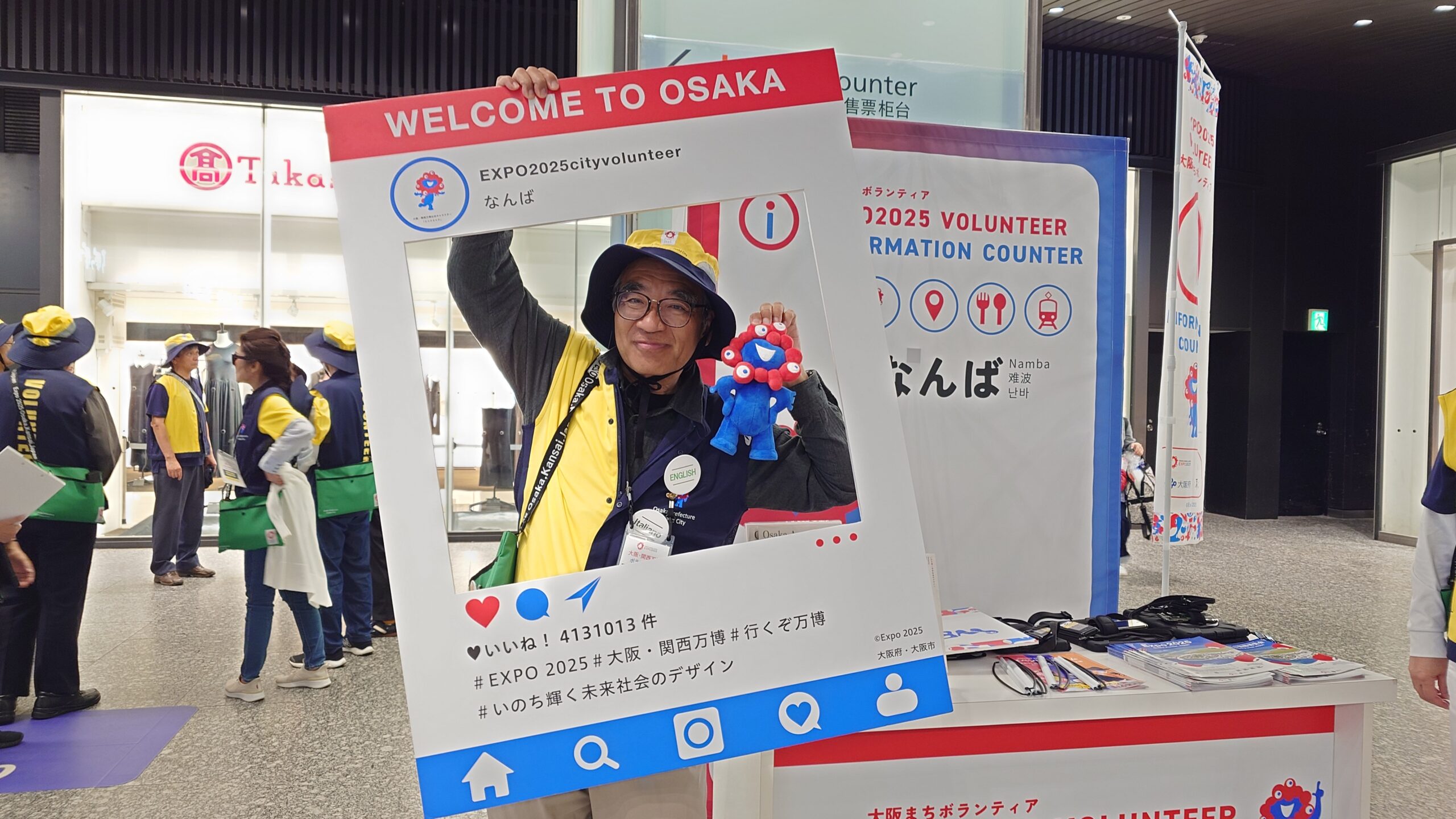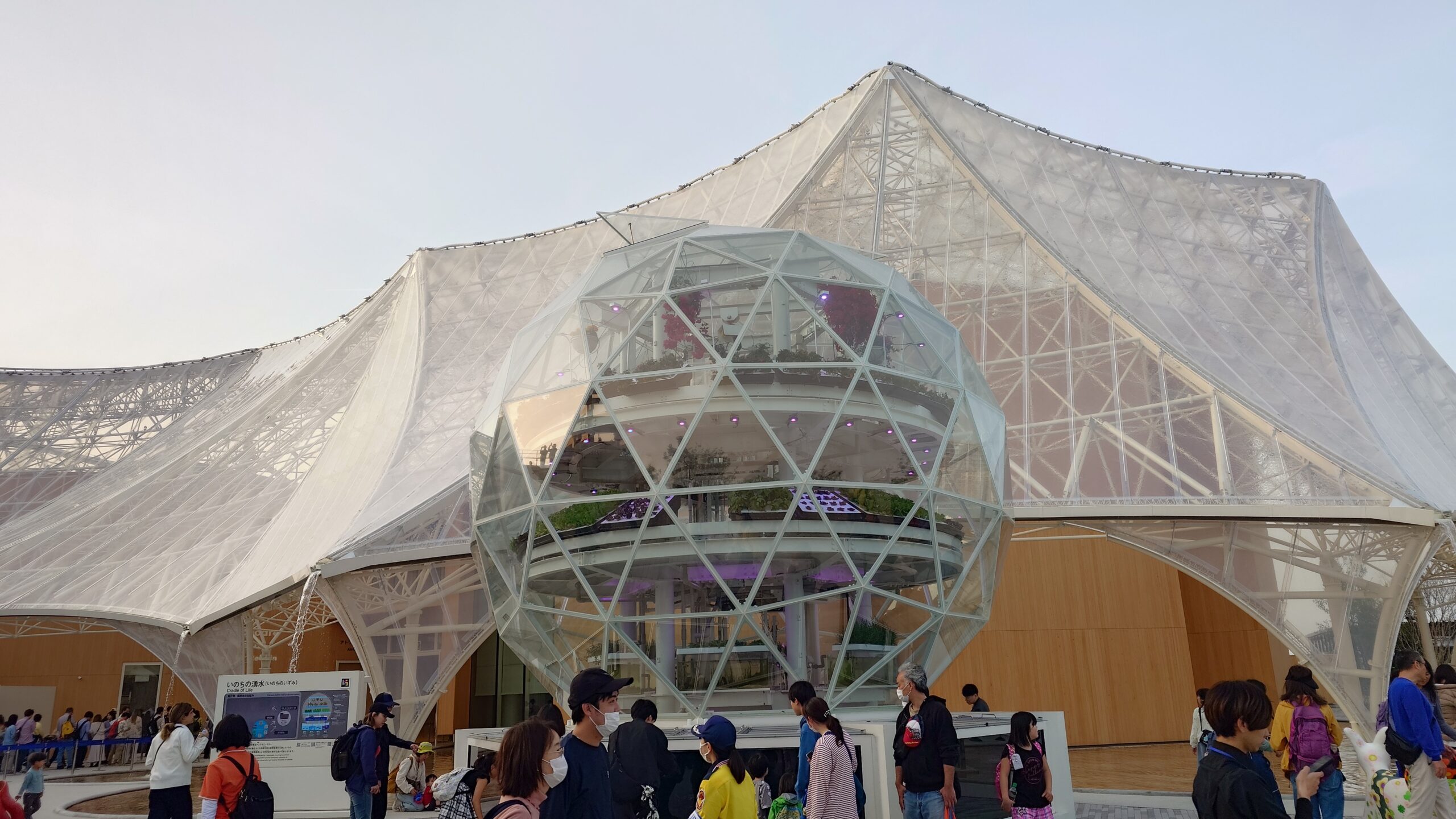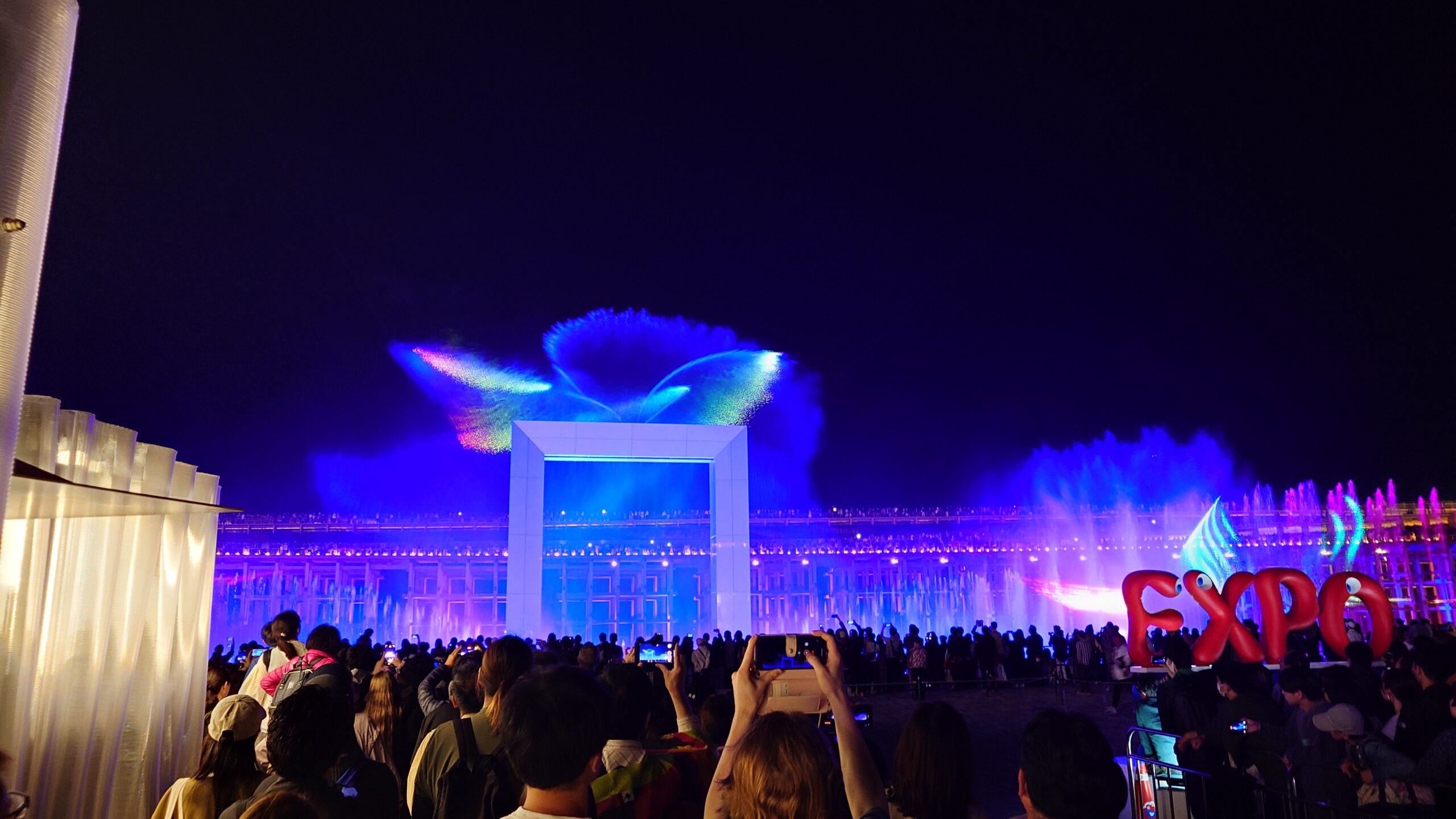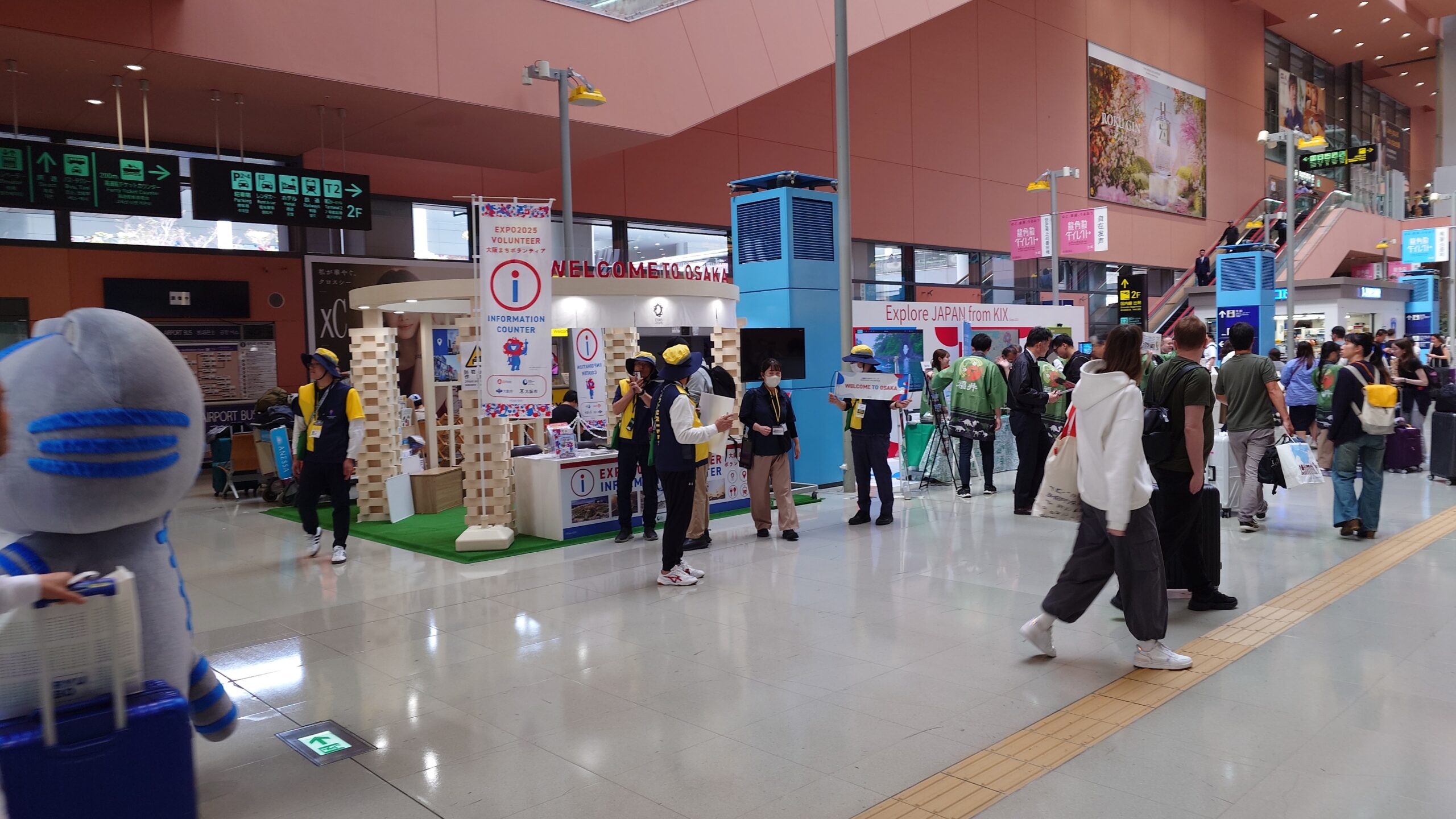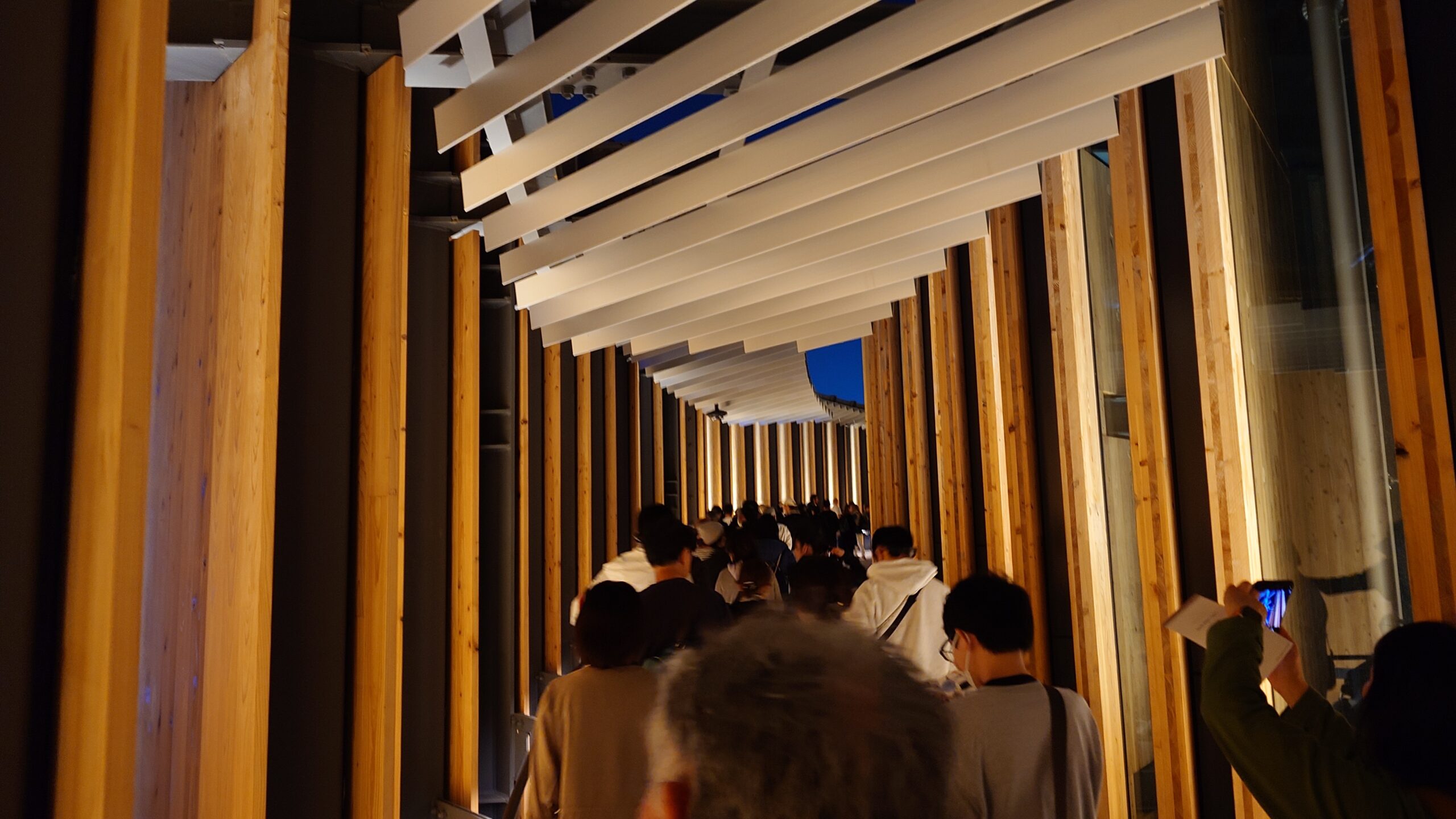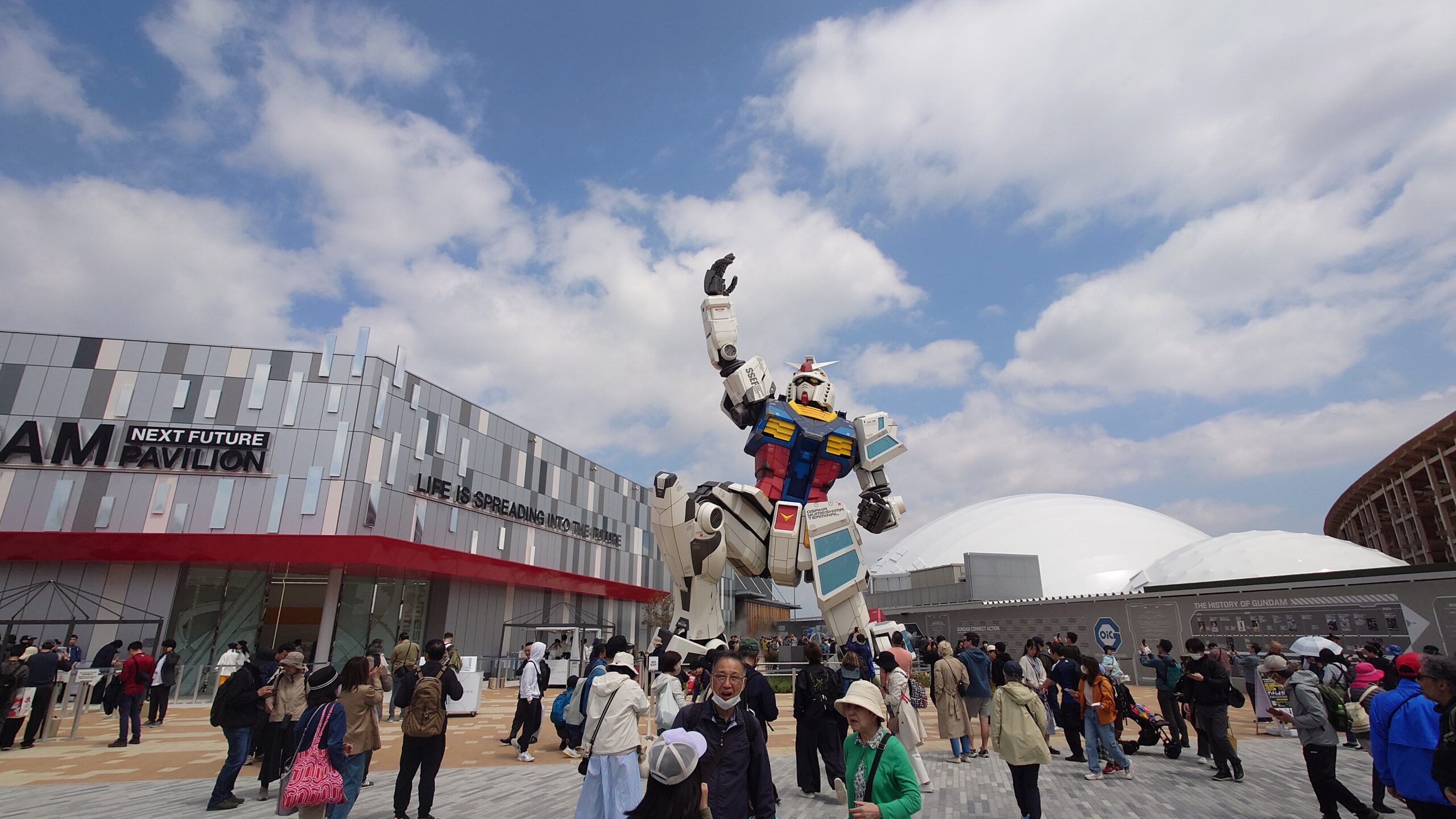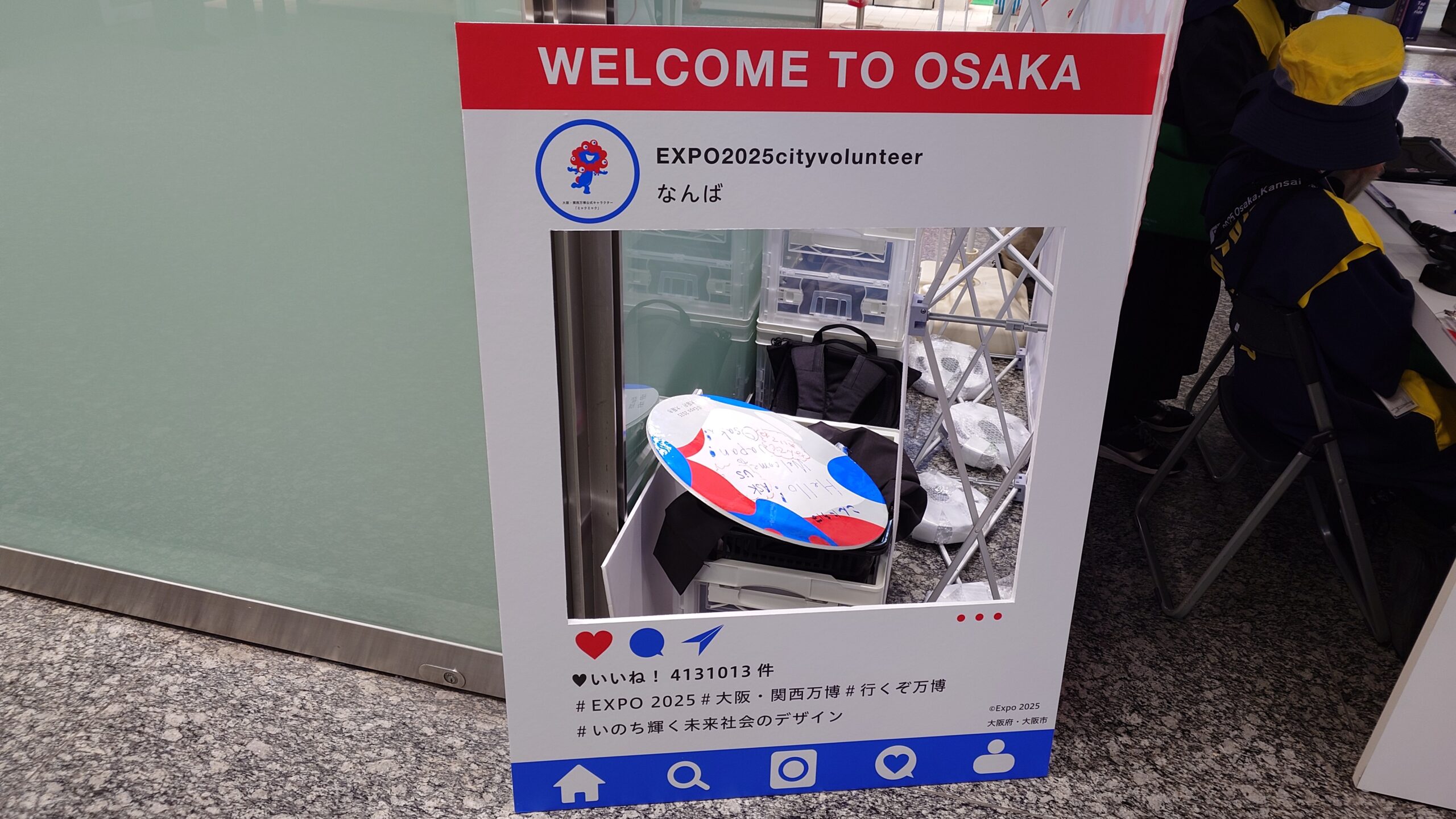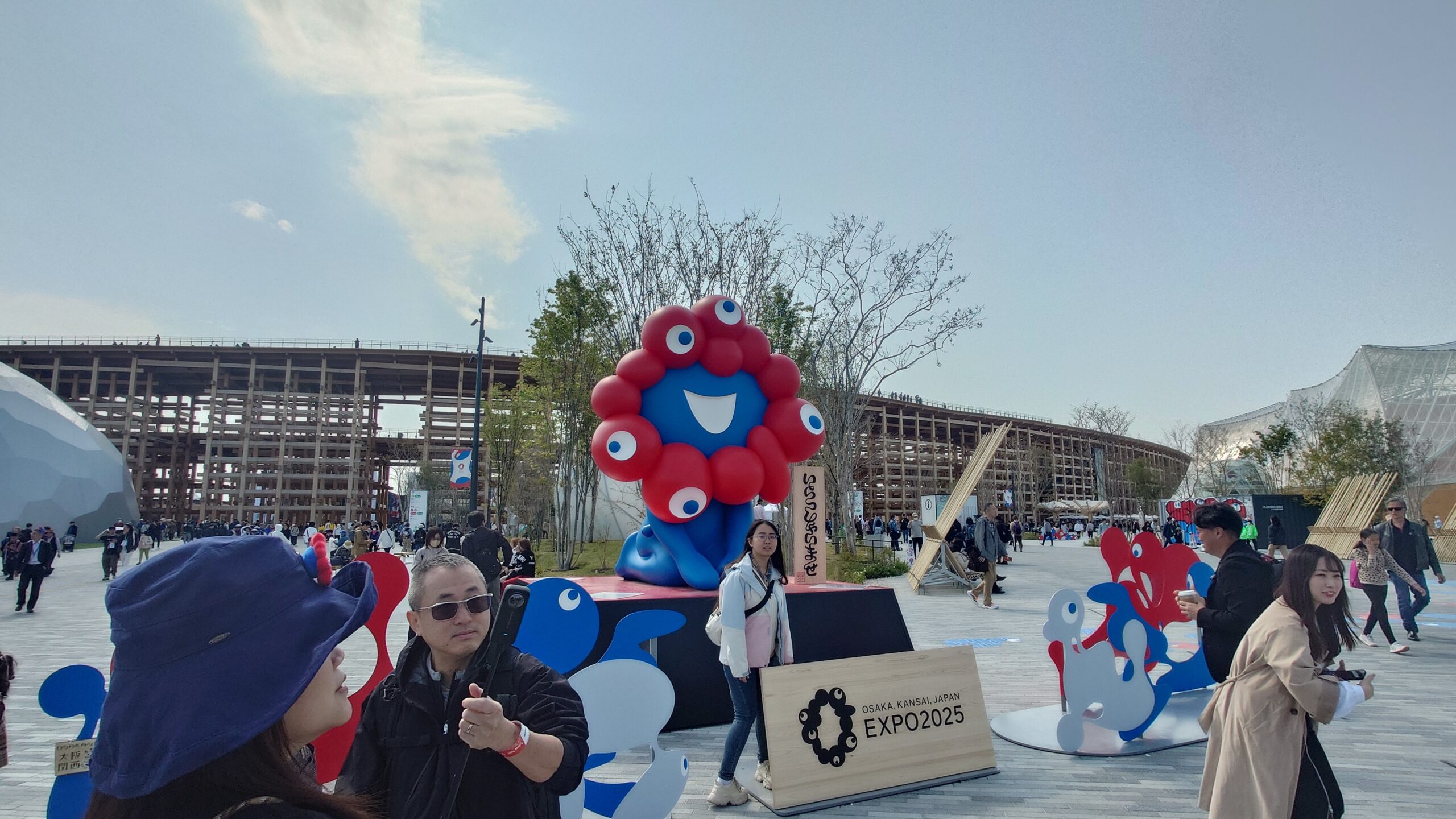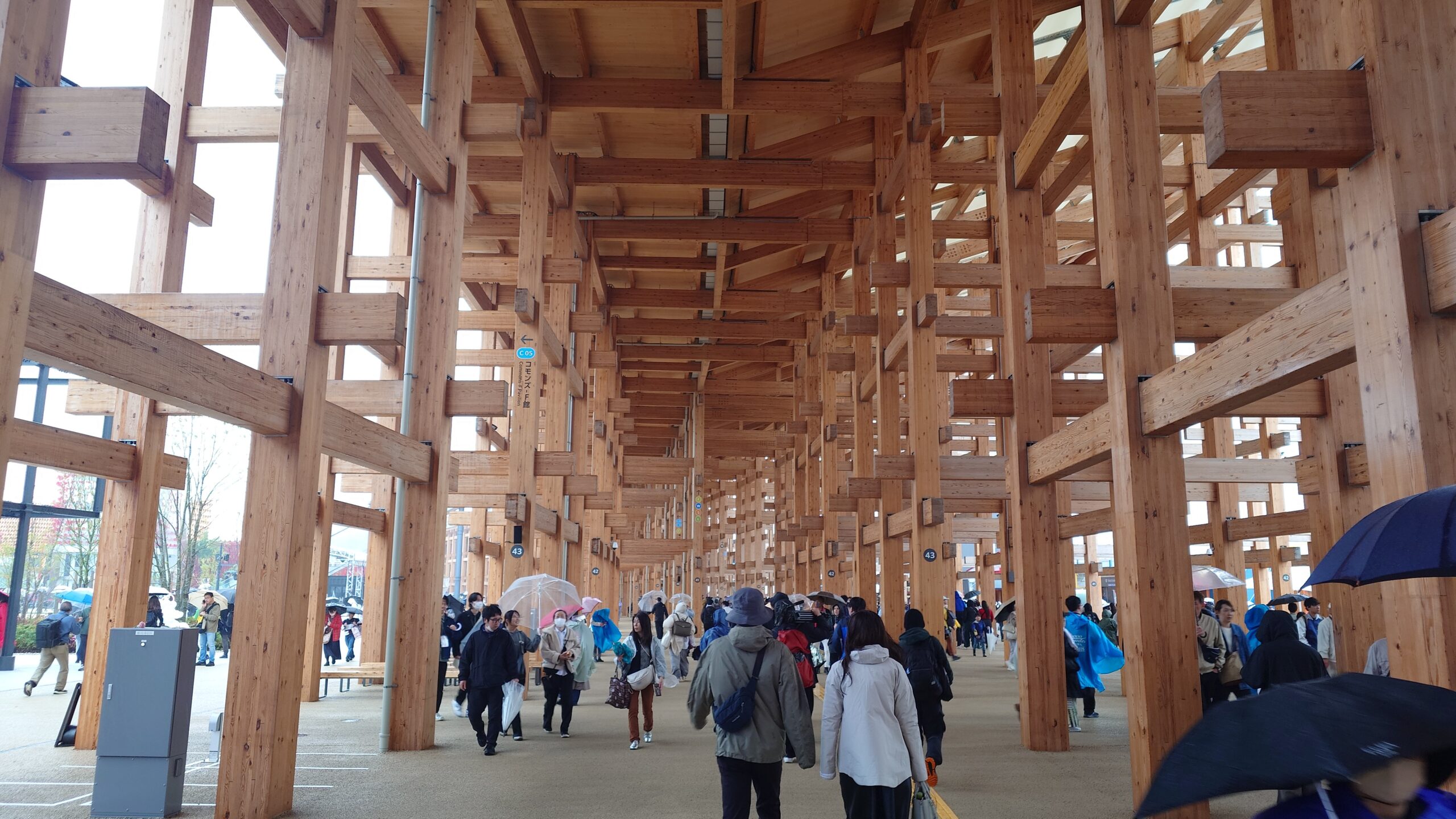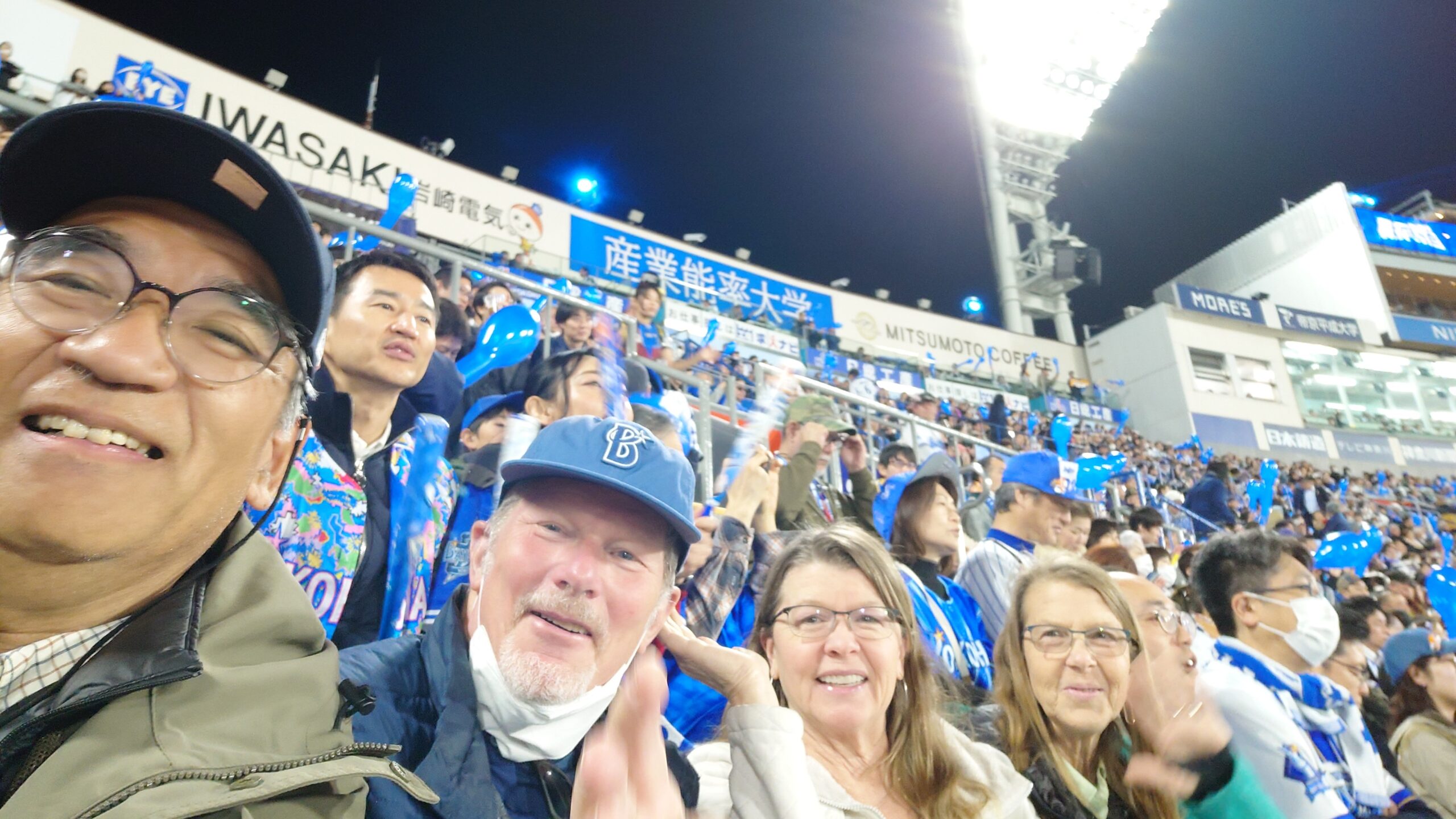Date: 16th April 2025
Today, I am guiding visitors in the area near the west gate of the venue of Osaka Expo 2025. The east gate is popular with visitors because it is directly connected to Yumeshima Station by subway on the Osaka Subway Central Line.
On the other hand, the west gate can only be accessed by car, such as a shuttle bus, and we need to make a reservation in advance to get there, except for the shuttle bus from JR Sakurajima Station, which is the closest to the west gate, so we need to be a little careful. I booked a shuttle bus from 10:00 a.m., a little after the peak entering time, and headed to JR Sakurajima Station. Since it was a weekday, I was able to transfer from JR Sakurajima Station and arrive at the west gate smoothly.
Guidance within the venue is mainly provided by standing next to the information boards installed in various places in the venue, and guiding guests who are unsure of the way or need detailed information. The scale of the area displayed on the front and back of the information board is different, so it is effective to first check your current location on the overall map and then look for your destination. If there are volunteers nearby, it is a good idea to feel free to ask them.
Today’s lunch was in the staff cafeteria, which is also open to volunteers. Compared to the restaurants in the public venue, which are sometimes critisized for their high prices, it is a small reward for volunteers to be able to enjoy lunch with a slightly more economical menu.
I could to visit some pavilions before and after volunteering.
The pavilion features exhibits related to life, such as an artificial heart using iPS cells and a display of future remote surgery.
The pavilion is themed “Imagine What We Can Create Together,” and introduces the history of the United States, especially advanced technologies such as space development, and displays Lunar samples. Please note that if you queue for the English explanation when entering, you will have a shorter wait time.
The pavilion is themed “Art regenerates Life,” and when you enter the building, which is modeled after the Colosseum, you will find sophisticated exhibits. You will be amazed by the breathtaking works of art, such as Caravaggio’s Entombment of Christ and Leonardo da Vinci’s drawing of the Atlantic Code. Although I was not able to stop by due to time constraints this time, you can also enjoy Italian cuisine at the rooftop restaurant.
The exhibition has the theme of Chasing the Sun and focuses on coexistence with Australia’s rich natural environment.



